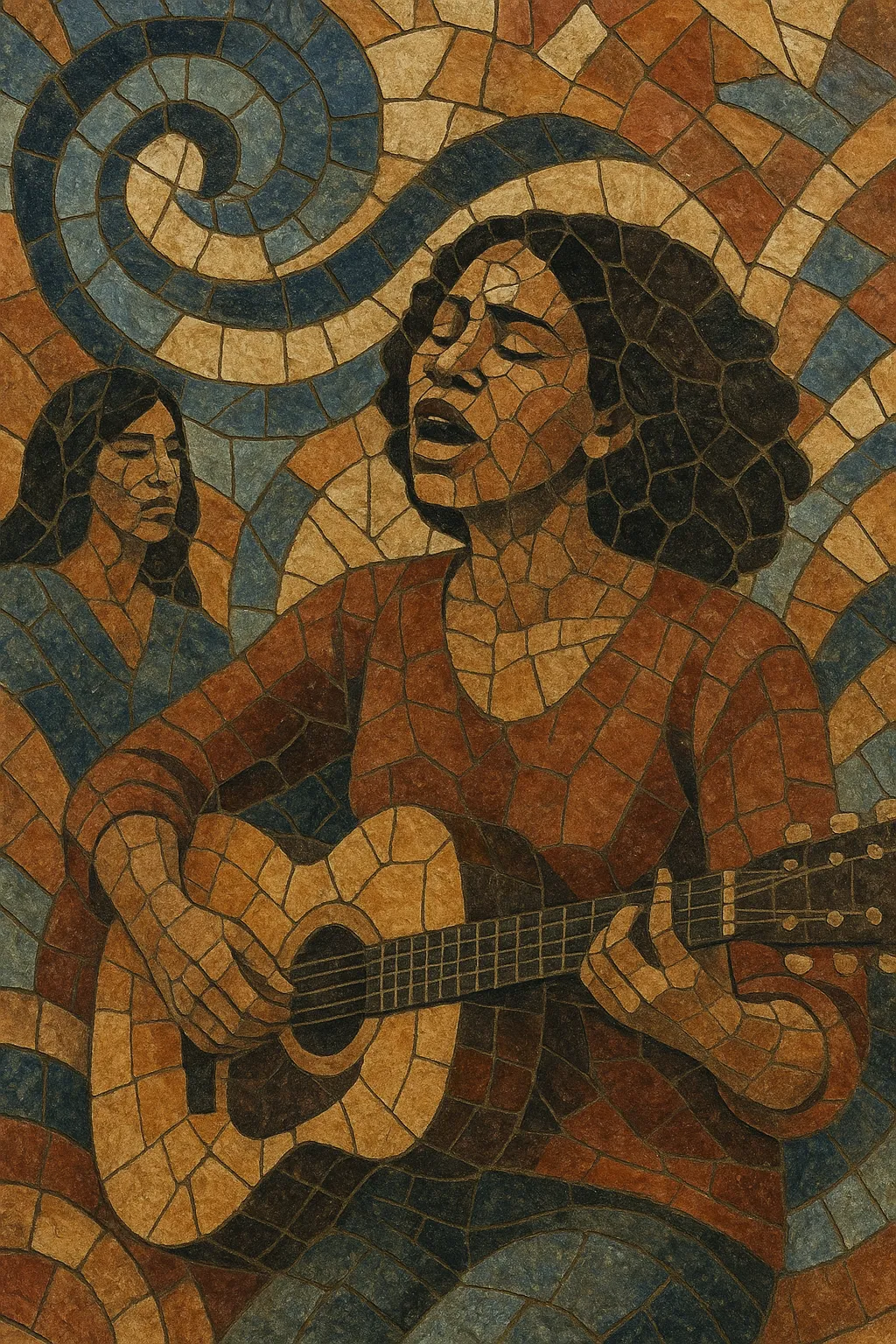
The women's music movement is a feminist-centered current within folk, singer‑songwriter, and community-based music that emerged in the United States during the 1970s. It foregrounds women’s voices, lesbian visibility, and social justice, often operating through artist-run labels, collectives, and women-only or women-led performance spaces.
Musically, it draws on acoustic folk, gospel-inflected harmonies, and intimate storytelling, while thematically emphasizing empowerment, consciousness-raising, and everyday experiences of women. The movement’s DIY ethos fostered a parallel music infrastructure—from recording and engineering to distribution and festivals—that aimed to model equitable cultural production and audience spaces.
Rooted in second‑wave feminism, lesbian feminism, and the community arts of the era, the women’s music movement took shape in the United States in the early to mid‑1970s. Artists such as Alix Dobkin and Meg Christian began issuing explicitly feminist recordings, while collectives formed to create supportive production and touring ecosystems. In 1973, Olivia Records was founded as a women‑run label, and in 1975 Cris Williamson’s “The Changer and the Changed” became a landmark release, demonstrating the movement’s cultural reach.
Women’s music did more than release records: it built an alternative industry. Labels (Olivia Records; Holly Near’s Redwood Records), women‑run studios, sound engineering crews, and distribution networks sought to ensure creative control and safety for artists and audiences. Festivals were crucial—most famously the Michigan Womyn’s Music Festival (est. 1976)—as spaces for performance, workshops, and community organizing. The a cappella ensemble Sweet Honey in the Rock (founded 1973) modeled a powerful blend of Black musical traditions and feminist politics.
Through the 1980s, the movement broadened stylistically—from piano‑led balladry and folk‑rock to spiritually inflected works (e.g., Kay Gardner) and richly harmonic a cappella. Canadian and Australian artists joined a widening network, and college circuits helped sustain touring. In the 1990s, while mainstream music saw a surge in prominent women singer‑songwriters, women’s music’s DIY structures and feminist framing also helped pave the way for later scenes and movements in indie, queer‑identified music, and feminist punk.
The women’s music movement’s most enduring legacies are organizational and cultural: the normalization of women in every role of production (artist, engineer, label head), a template for values‑driven touring and festival culture, and a repertoire that continues to be covered, taught, and celebrated. Its emphasis on intersectionality (race, class, sexuality) and safe, intentional spaces informed subsequent waves of feminist music-making, including riot grrrl and queercore, and continues to resonate across indie and folk circuits.
Center feminist perspectives and lived experiences of women and LGBTQ+ communities. Write in a direct, conversational voice that supports consciousness‑raising, solidarity, and storytelling. Emphasize agency, mutual care, and social justice; avoid objectifying language and aim for inclusive, community‑affirming narratives.
Use folk‑rooted harmonic progressions (I–IV–V, ii–V–I, modal touches) with singable, lyric‑forward melodies. Incorporate gospel‑style extensions (add2/add9, sus chords) for warmth and communal lift. A cappella writing can employ close four‑ to six‑part harmonies and call‑and‑response.
Favor mid‑tempo grooves suitable for attentive listening and communal singing (ballads, moderate folk‑rock feels). Verse–chorus with a memorable refrain works well; consider bridge sections that crystallize the political or emotional core.
Start with voice, acoustic guitar, and/or piano; add bass, light percussion (shaker, hand drum), and occasional strings or woodwinds for color. For a cappella, arrange parts across SATB or flexible voice groupings, spotlighting solo lines and responsive harmonies. Keep textures clear so lyrics remain central.
Prioritize clarity, blend, and expressive phrasing. Use layered harmonies on refrains to amplify collective meaning. Invite audience participation (repeated lines, simple responses) to mirror the movement’s community ethos.
Adopt a DIY, values‑driven approach: collaborate with women and queer professionals across recording, mixing, and live sound; document credits transparently. Curate inclusive lineups and accessible venues; consider workshops and dialogues alongside performances to sustain community impact.

